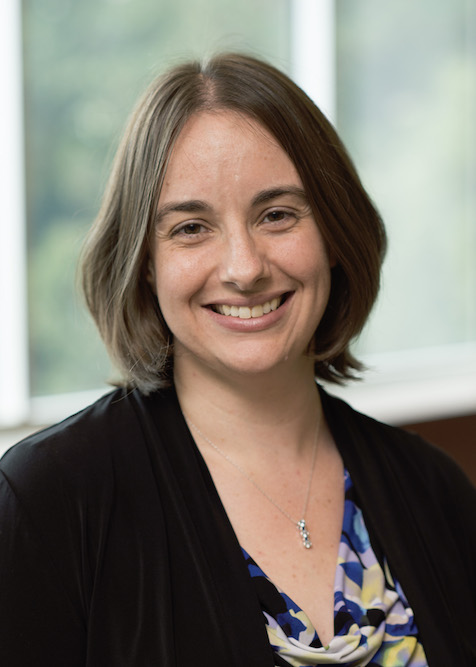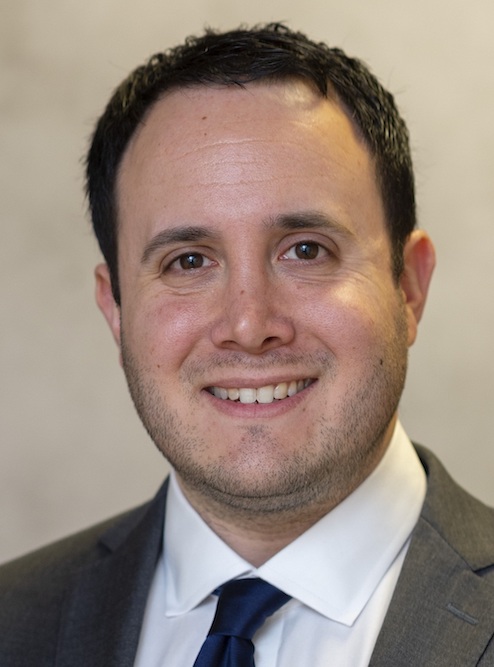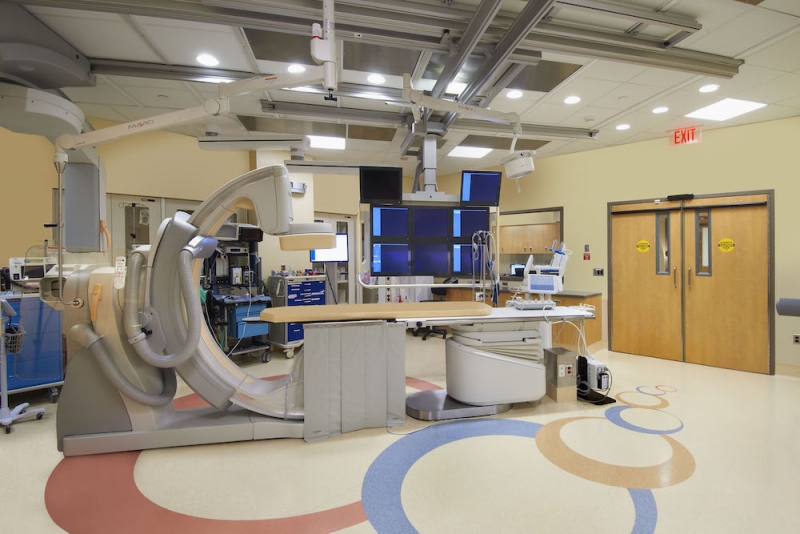Getting treatment at a comprehensive stroke center increases the odds of a full recovery.
SPECIALISTS IN STROKE CARE HAVE a saying: Time is brain. When someone has a stroke—and more than 795,000 people in the United States suffer a stroke every year—every minute counts. Administering treatment quickly can mean the difference between life and death, and between permanent disability and significant recovery, because the sooner a patient is evaluated and treated by a stroke team, the greater the odds of lessening or reversing the effects of stroke.
That’s why it’s always best to receive care at a comprehensive stroke center, like the one at Saint Barnabas Medical Center.
 “Comprehensive stroke centers have the ability to treat patients with strokes of all types and severities,” says Danielle Haskins, M.D., Medical Director of the Center. “We have the expertise, facilities and protocols to provide rapid gold-standard care.” Those facilities and programs include an Acute Stroke team available 24/7, a Neuro-Intensive Care Unit, a team of neurosurgeons, a specialized neuro-interventional catheterization lab, advanced imaging capabilities, and dedicated stroke units where patients receive care from nurses and therapists with additional training in caring for patients with stroke. “This expertise matters,” Dr. Haskins says.
“Comprehensive stroke centers have the ability to treat patients with strokes of all types and severities,” says Danielle Haskins, M.D., Medical Director of the Center. “We have the expertise, facilities and protocols to provide rapid gold-standard care.” Those facilities and programs include an Acute Stroke team available 24/7, a Neuro-Intensive Care Unit, a team of neurosurgeons, a specialized neuro-interventional catheterization lab, advanced imaging capabilities, and dedicated stroke units where patients receive care from nurses and therapists with additional training in caring for patients with stroke. “This expertise matters,” Dr. Haskins says.
“Patients treated in comprehensive stroke centers are more likely to receive emergency treatments to restore blood flow in a more timely fashion, which is vital to limiting irreversible brain injury.”
Speed matters, because when blood flow to the brain is disrupted, the brain cells are deprived of vital nutrients and oxygen and begin to die quickly. Once these cells have died, they cannot be regrown or replaced, so limiting the number of cells damaged is critical. “The earlier blood flow can be corrected, the fewer brain cells are likely to be damaged, and thus a better chance someone is likely to recover,” she says.

The stroke program includes two neurohospitalists, physicians hired by the hospital to provide stroke care. “I can respond to acute strokes anywhere in the hospital,” says Justin Marcus, M.D., one of the two neurohospitalists, the second being the team’s newest addition, Halima El-Moslimany, M.D. “Hospitalists are important because one of us is always physically here during the day and always on call. I can be there within minutes,” Dr. Marcussays. He finds working inside the hospital “more academically exciting and satisfying professionally. It’s also more intense. I can be running all around, and I find that invigorating.”
Dr. Haskins says that Saint Barnabas is special because the team also focuses on what patients need when they leave the hospital. “All stroke patients are urged to follow up in our Stroke Discharge Transition Center, where they receive additional education regarding their stroke, risk factors, medications, therapies and any other interventions that can help them not only reduce their risk of having another stroke, but also transition back to their lives and communities,” she says.
TAKE F.A.S.T. ACTION
Keep these tips handy at home or work to help recognize signs of stroke. Act right away if you experience any of these symptoms or see someone else with them. Remember to make note of when your symptoms began, as precisely as possible, because that will influence decisions about your treatment.
- FACE DROOPING.
One side of the face droops or is numb; a smile is uneven or lopsided. - ARM WEAKNESS.
One arm is weak or numb; if both arms are raised, one drifts downward. - SPEECH CHANGES.
The person is unable to speak or speech is slurred and hard to understand. - TIME TO CALL 911.
If someone shows any of these symptoms, even if the symptoms go away, get them to the hospital immediately.
For more information about the Comprehensive Stroke Center at Saint Barnabas Medical Center visit our website.
